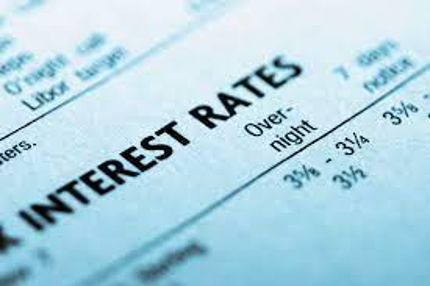Understanding the difference between the real rate of return and nominal rate

First, we have the real rate of return.
The value of money does not stay constant, and so that its purchasing power. Purchasing power is how many goods or services you can buy with a certain amount of money. If there is a way to know this, would you? There is a term called "real rate of return" that can accurately tell us the purchasing power of a certain amount of money at a given time frame. It is the profit percentage that one earns from an investment every year while considering inflation.
Which adjustments are needed?
In investments, we also have the nominal return. It should be adjusted to consider inflation. Hence, the investor will know how much of the nominal return is a real return. On top of the inflation as a reason for adjustments, an investor does not stop there. He also needs to think about taxes and investing fees when calculating real returns or searching for other investment options.
Next, we also have the nominal rate of return.
When we talk about interest rates, they can either be nominal or real rates. Nominal rates are always higher because they are not yet adjusted for inflation. Note that when we say they are always higher, we exclude situations like deflation or zero inflation though these are very rare situations. On the other hand, real rates are always lower because they are already adjusted.
As an investor, it might be wise not to base your ideas on
nominal rates. Real rates can best represent the actual performance of an
investment. But marketing and advertisements will always show the nominal rates
and not the real because of what we will explain later on.
How do we calculate it?
In terms of mathematics, we can get the real rate of return with this formula:
Real rate of return= (1 + Nominal rate of return / 1 + Real rate of return)-1
To put it simply, it is the difference between the nominal interest rate and the inflation rate. The real rate will tell us whether the investment performed well or not. It is a better basis than the nominal rate, especially when there is inflation. When there is inflation, the difference between the nominal and real rates is considerably high.
Real returns and the reality
Now that we defined what the real rate of return means, we understand its importance. Here comes the bad news. Most of the time, you won't be aware of what it really is until it happens. Those calculations that we mentioned can only be performed right after the whole situation occurred. Also, it is best to consider other factors such as costs, taxes, fees, and the like to get the real rate accurately.
Let us recap
The real rate of return adjusts profits because of inflation, and it is
more accurate than the nominal rate. Nominal rates are always higher than the
real rates unless there is deflation of zero inflation. Real return is most likely not
recognized until it happens.




